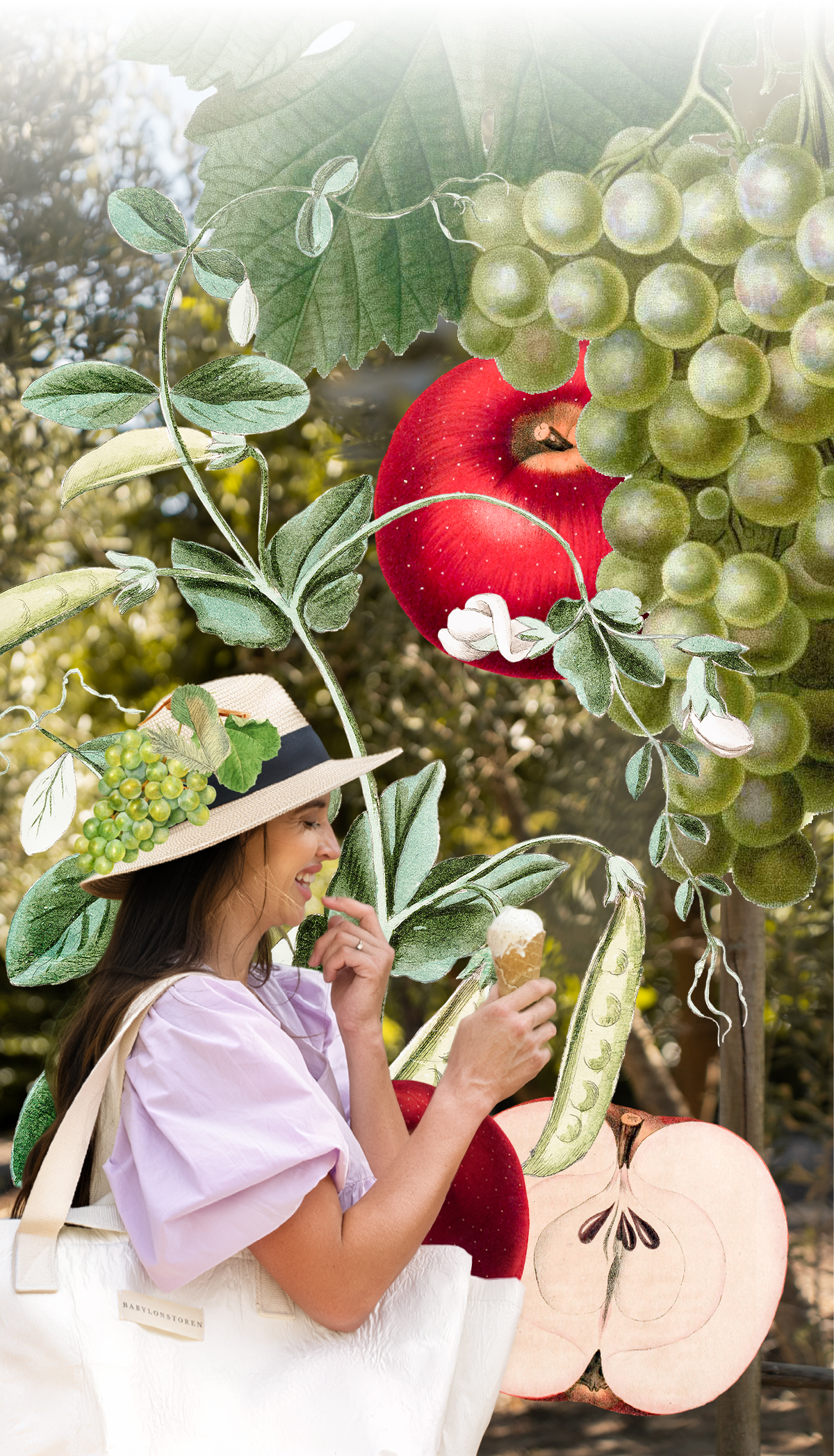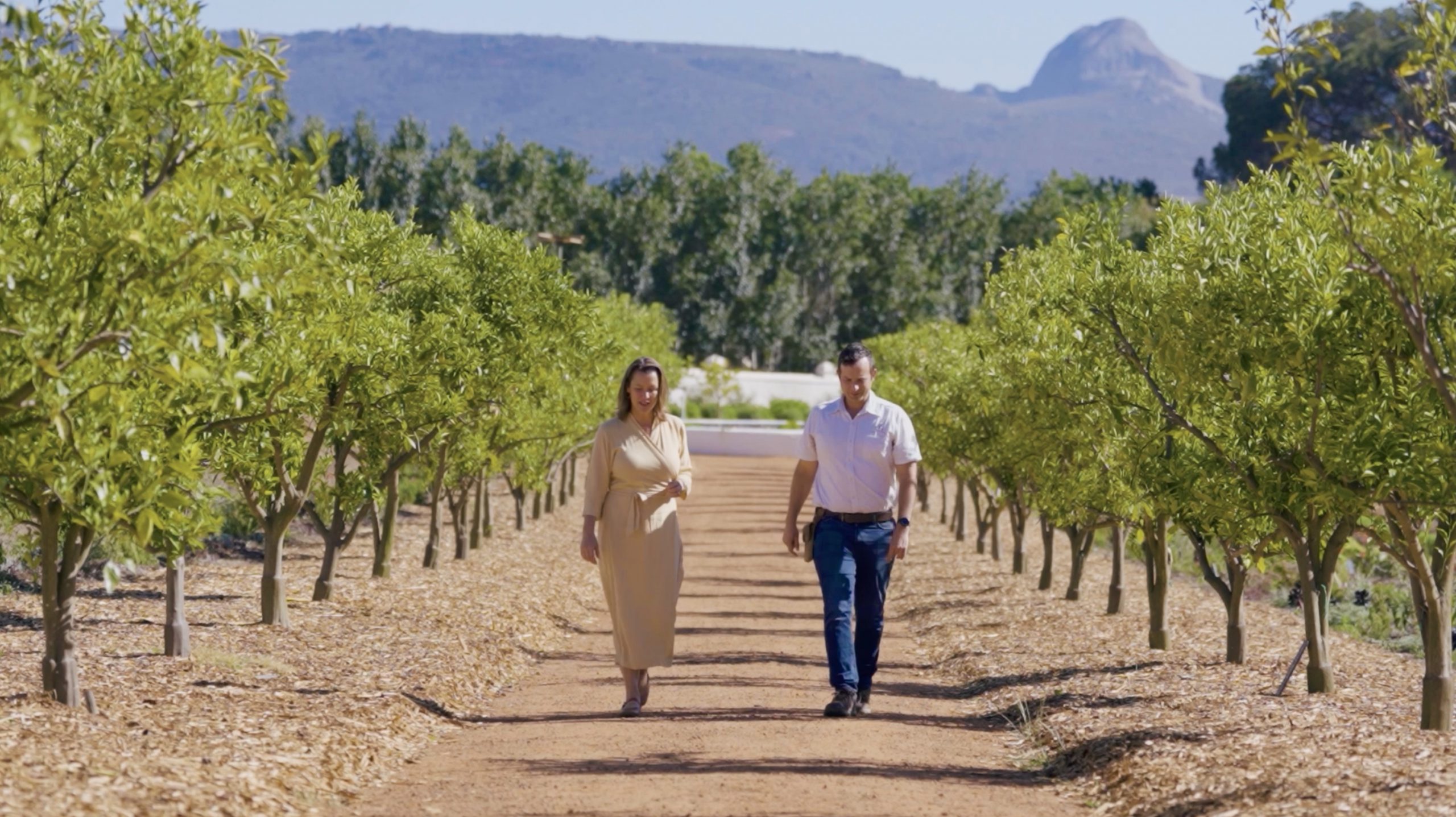The giants of tomorrow
October 9th, 2020
In the winter months on the farm, most of our fruit trees and plants enjoy a well-deserved rest while their roots soak up the seasonal rains. This year’s winter on the farm has been quieter than usual due to the absence of visitors strolling through the gardens, but our gardening team has been hard at work.
Apart from the usual pruning and picking taking place in the orchards and gardens, resident botanist and horticulturist Ernst van Jaarsveld and his team planted several hundred indigenous tree species on Babylonstoren during lockdown.
These local, indigenous tree species were planted along the fringe of the streambanks and other riverine areas on the farm, such as the kloof below Kanonkop and adjacent to the shade garden and boardwalk.

Breede River yellowwood
“We planted close to 300 Breede River yellowwood (Podocarpus elongatus) between May and July this year,” says Ernst. “We chose this species not only because of their ornamental value, but because it is endemic to the Western Cape and is drought tolerant thanks to their powdery covered leaves, and therefore well adapted to local conditions.”
It is also the least known and planted of the four yellowwood species in South Africa and the only yellowwood adapted to local fynbos conditions such as mineral poor soil, windy conditions during summer and fire. Unlike other yellowwoods, the Breede River yellowwood will re-sprout after a fire. The plants become multi-stemmed large shrubs or small evergreen trees and the leaves are somewhat glaucous, covered with a powdery bloom, making them drought tolerant.

Where other yellowwood species are tall trees with long, straight trunks, Breede River yellowwoods are usually as broad as they are high. Commonly reaching no more than 6m in height, trees in sheltered, well-watered ravines similar to where they have been planted on the farm, can reach up to 20m.
“The trees we planted are about knee-high – the advantage of planting young trees is that they adapt much better,” he explains. “Winter in the Western Cape is always the best time to establish plants or trees as it coincides with the rainy season, giving plants a chance to root. Their colourful fleshy fruits are dispersed by birds.”

Together with the Breede River yellowwood we also planted other local indigenous species such as the silver tree (Leucadendron argenteum), silk-bark (Maytenus acuminata, Cape beech (Rapanea melanophloeos), Bastard olive (Buddleja saligna), wild almond (Brabejum stellatifolium), Cape Holley (Ilex mitis) as well as palmiet (Prionium serratum).
As any gardener will tell you, planting a tree means you’re in it for the long haul. While we patiently wait for these newcomers to mature, we’re confident they will become icons in the Babylonstoren garden.


